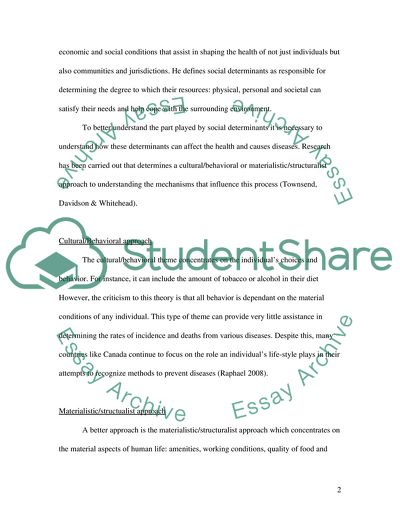Cite this document
(Social Determinants of Health and Well-Being Term Paper, n.d.)
Social Determinants of Health and Well-Being Term Paper. Retrieved from https://studentshare.org/social-science/1725387-social-determinants-of-health-and-well-being
Social Determinants of Health and Well-Being Term Paper. Retrieved from https://studentshare.org/social-science/1725387-social-determinants-of-health-and-well-being
(Social Determinants of Health and Well-Being Term Paper)
Social Determinants of Health and Well-Being Term Paper. https://studentshare.org/social-science/1725387-social-determinants-of-health-and-well-being.
Social Determinants of Health and Well-Being Term Paper. https://studentshare.org/social-science/1725387-social-determinants-of-health-and-well-being.
“Social Determinants of Health and Well-Being Term Paper”. https://studentshare.org/social-science/1725387-social-determinants-of-health-and-well-being.


